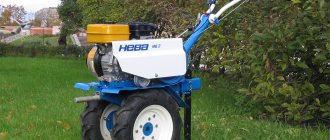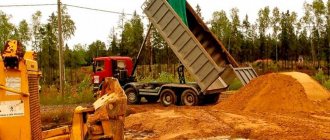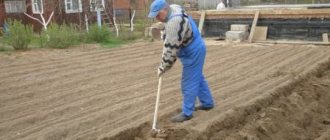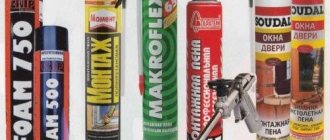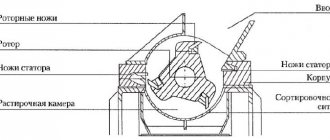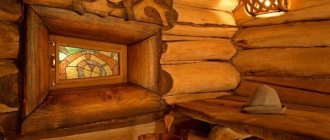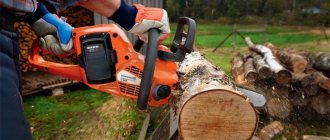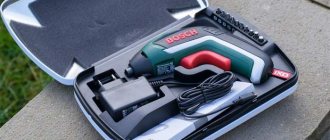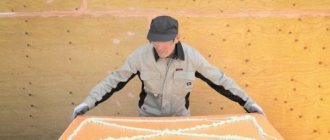A modern summer resident often faces a problem: how to quickly and efficiently cultivate a plot of land. We recommend choosing a walk-behind tractor or cultivator for this. They are ideal for a large vegetable garden, and the set of attachments makes them indispensable on the farm.
- Why is it necessary to till the soil?
- What is the difference between cultivation and plowing
- What types of walk-behind tractors are there?
- What engines and fuel are used in walk-behind tractors?
- Important technical parameters of walk-behind tractors
- What types of cultivators are there?
- What engines and fuel are used in cultivators
- Important technical parameters of cultivators
- What additional attachments are used?
Why is it necessary to till the soil?
There are several reasons to plow and cultivate the land:
Salinity and lack of oxygen
The upper layer of the earth dries out, and in the deeper layers moisture is retained and salt is deposited. Productivity depends on this. If the top layer is loosened and turned over, the soil receives oxygen. It is necessary for important microorganisms.
Weeds and pests
After plowing, the weed roots die in the sun or die from damage.
Soil erosion or excessive compaction
Wind erosion blows away the fertile part of the land. Soil compaction compresses the pores that should conduct water and air. This prevents root growth.
Previously, summer residents used a shovel or horses for such excavation work. Hand cultivators cope well with tasks in oversized summer cottages with well-groomed soil, small flower beds and beds. On hard ground it is difficult to use hand tools. Not everyone can physically work like this. Therefore, in modern dachas, large gardens and vegetable gardens, walk-behind tractors, cultivators and mini-tractors are used.
Mechanization of manual labor provides many advantages, including saving time, effort and efficient performance of such work as:
- plowing the land;
- cultivation;
- preparing furrows for planting;
- hilling;
- digging up root crops.
Comparison of plow and cultivator. Advantages and disadvantages of moldboard and non-moldboard tillage
Advantages of plowing land:
- The cultivated soil layer is evenly mixed, and its properties are distributed throughout its entire thickness.
- Moldboard plowing is one of the types of control of weeds and harmful microorganisms: their seeds and spores are mixed from the surface layer into the depths, some of them die.
- Statistics from agronomists note the best yield indicators in fields plowed with a plow.
At the same time, moldboard plowing has a number of disadvantages and limitations:
- Deep plowing of the soil increases erosion. Loosened soil is more susceptible to erosion and blowing.
- In regions with a lack of moisture, constant plowing of land with a plow threatens excessive drying and weathering of the soil due to evaporation.
- Prolonged cultivation of land with a plow leads to the formation of a plow sole - a compacted layer of soil that impedes the germination of roots and contributes to waterlogging of the soil.
- Time and fuel costs increase.
Advantages of cultivating land with a cultivator:
- Retention of more moisture in the soil;
- Reduced weathering and erosion, which justifies the use of only cultivation in some regions;
- Preservation of the surface fertile layer;
- Lower fuel and time costs.
Disadvantages of a cultivator compared to a plow:
- Due to insufficient soil mixing, weed seeds, pathogens of fungal infections and other pests accumulate at the surface of the earth, which forces the use of herbicides and fungicides.
- More fine-tuning of units requires advanced training of workers and corresponding costs.
Will cultivators replace plows?
Soil cultivation is carried out with the aim of increasing its fertility and improving conditions for the growth of crops. Of course, the approach to soil cultivation is individual. As in most situations in life, there is no best choice: the use of one or another type of treatment depends on specific conditions, and it is best to combine these types.
Experts recommend alternating several years of non-moldboard cultivation with a cultivator with traditional plowing of the land with a plow. This approach will ensure high yields, good soil mixing and protect fields from excessive blowing and erosion.
A competent approach to running an agricultural business includes not only field work, but also the processes of drying and storing grain. ASM-AGRO grain dryers allow you to save up to 99.9% of grain. You can view the characteristics and prices on the website.
View the catalog of grain dryers
What is the difference between cultivation and plowing
If, during plowing of a plot, the earth is turned over in layers, then in the case of cultivation, it is loosened to a certain depth, thereby the fertile layer of soil remains in place.
As the cultivator passes, the top layer of soil loosens and crumbles, resulting in mixing of the soil. Afterwards the area is leveled and visually enlarged. During cultivation, the roots of harmful plants and weeds are also pruned. This is especially necessary after winter, when the pressure of snow and moisture causes the soil to become compacted.
The importance of arable work in the country is complemented by labor intensity. This is physically difficult work, so choosing the right assistant device can greatly facilitate tasks on the land. Thus, 10 acres of land can be cultivated not in 2 days, as by hand, but in 2-3 hours. So what should you buy: a walk-behind tractor or a cultivator?
Plowing or deep loosening
Plowing and deep-loosening have their advantages and disadvantages:
Advantages
of moldboard plowing:
- The plow reliably embeds plant residues, weed seeds, pests and pathogens into the soil. Plant residues are subsequently mineralized, and weed seeds are not able to germinate from great depths.
- The arable soil layer is differentiated by fertility (mixing the upper and lower layers of the arable soil horizon).
Flaws:
- The most energy-intensive method of tillage.
- With the systematic use of plowing, an over-compacted plow base is formed, which prevents the penetration of air and moisture into the subarable horizon, and therefore impairs the ability of the soil to accumulate moisture in the autumn-winter period.
- Threat of wind erosion.
Plowing is more suitable for regions with optimal soil and climatic conditions for growing crops.
Advantages of deep loosening:
- Fuel consumption at a significantly greater processing depth is less than that of a plow.
- The potential for moisture accumulation in this case is significantly higher than traditional plowing.
- Plant residues are preserved on the soil surface, preventing wind and water erosion.
Flaws:
- As a result of the active development of pathogens, fields after chisel require a higher pesticide load than after a plow.
- Subsoilers are worse at cutting perennial weeds, and the seeds of annuals remain on the surface.
